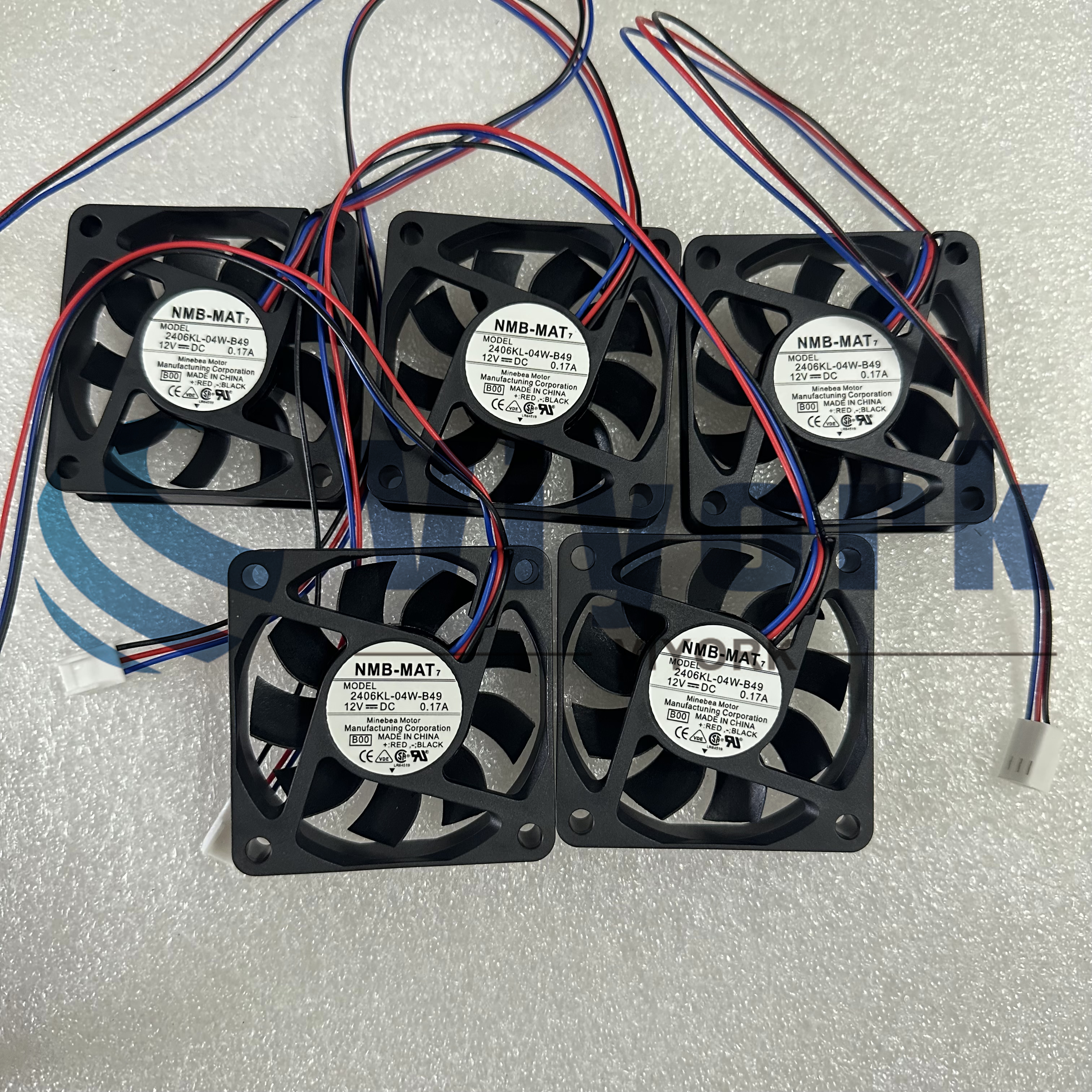The step angle of a stepping motor is generally 1.8°(two-phase) or 0.72°(five-phase), and the accuracy of an AC servo motor depends on the accuracy of the motor encoder. Take the servo motor as an example, its encoder is 16 bits, and every time the driver receives 2 to the power of 16 = 65536 pulses, and the motor rotates once, its pulse equivalent is 360°/65 536=0.0055°; and the closed loop control of the position is realized, which fundamentally overcomes the out-of-step problem of the stepping motor.
The output torque of the stepping motor decreases with the increase of the speed, and will drop sharply at a higher speed, and its working speed is generally from tens to hundreds of revolutions per minute. The AC servo motor has a constant torque output within its rated rotate speed (generally 2000r/min or 3000r/rain), and uses E as a constant power output at the rated rotate speed.
AC servo motor has overload capacity.
It takes 200 to 400ms for a stepping motor to accelerate from a standstill to several hundred revolutions per minute when there is no load. The AC servo motor has better acceleration performance.
 Call us on:
Call us on:  Email Us:
Email Us:  1103, Block C, South Building, Luo Fang Road, Luohu District, Shenzhen, 518001, China
1103, Block C, South Building, Luo Fang Road, Luohu District, Shenzhen, 518001, China 








